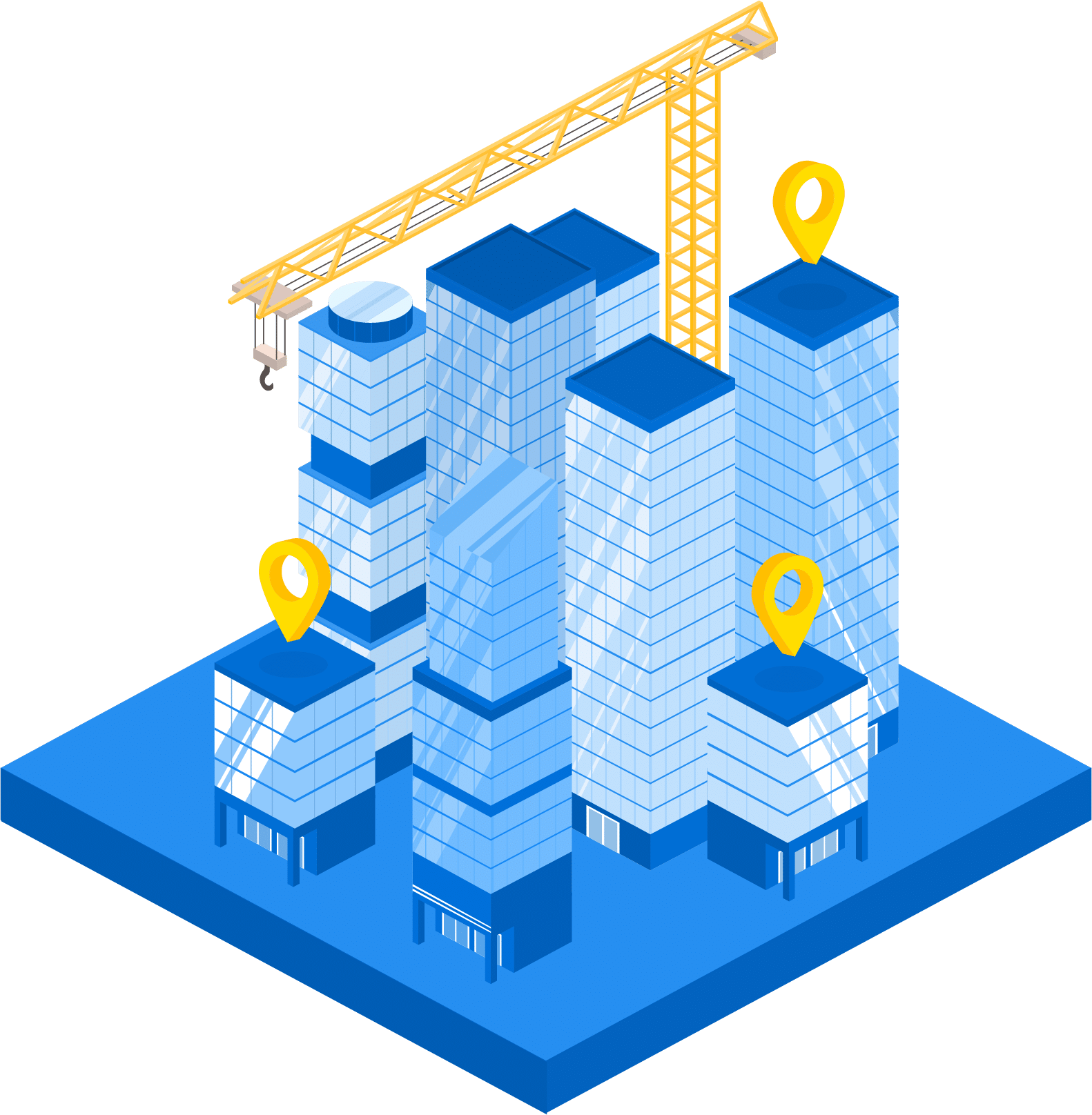Accurate Site Development, Analysis and Planning
The changing nature of the workplace and commercial real estate market demands an aggressive and efficient strategy for selecting the optimum locations for office, warehouse, and industrial properties. The strategy must consider the recent increase in e-commerce and the long-lasting impacts of the pandemic.
Property data provides important insights that help determine vacancy, rental, and absorption rates. Combined with geospatial data and location analytics, business intelligence can be derived for future returns on investment and the need to allocate resources to properties that require reinvestment. Location analytics can also help determine locations that need relocation or where decisions should be taken to close or remodel underperforming retail sites, for example.


